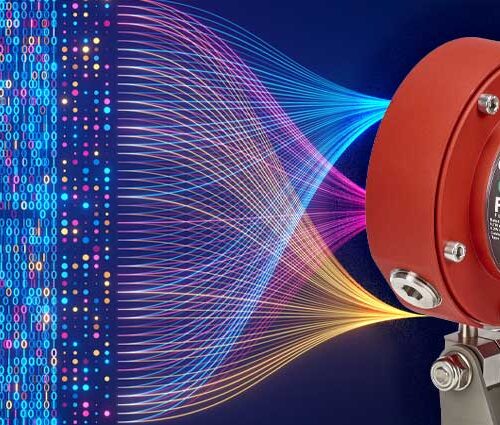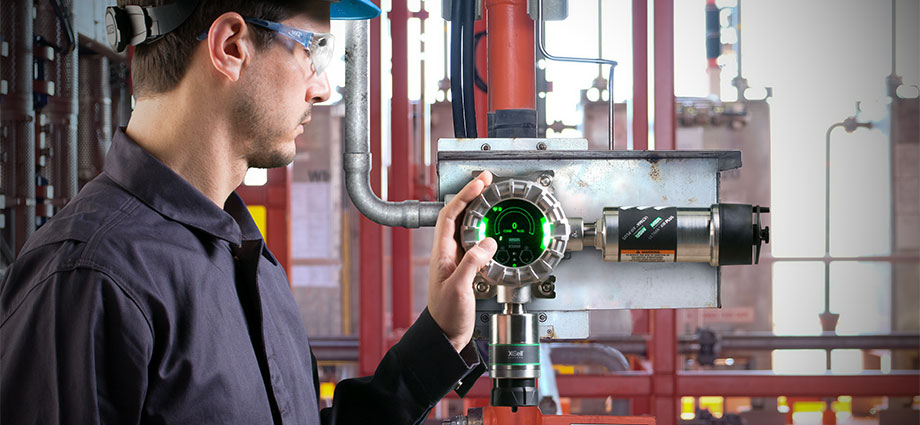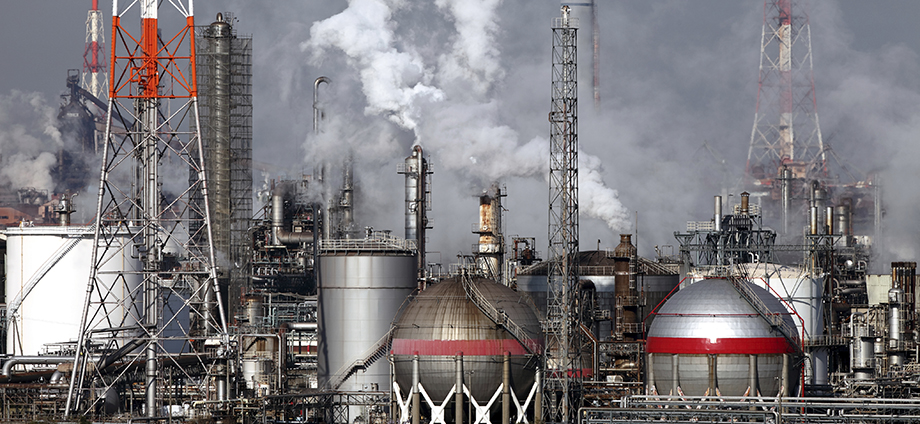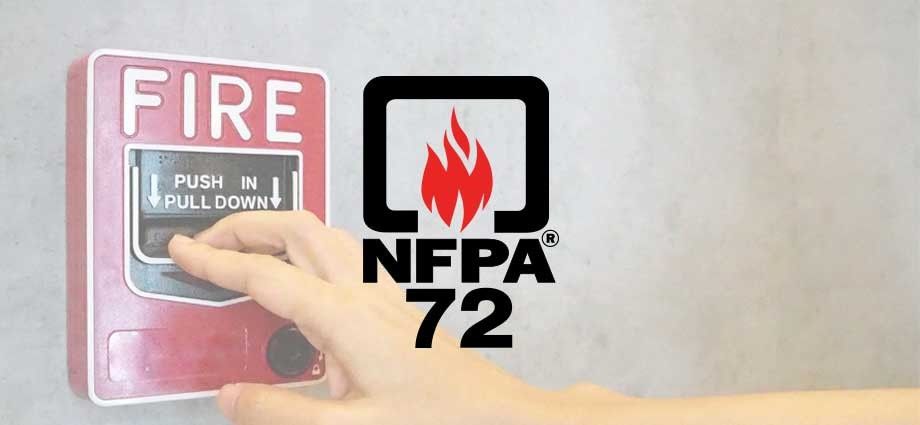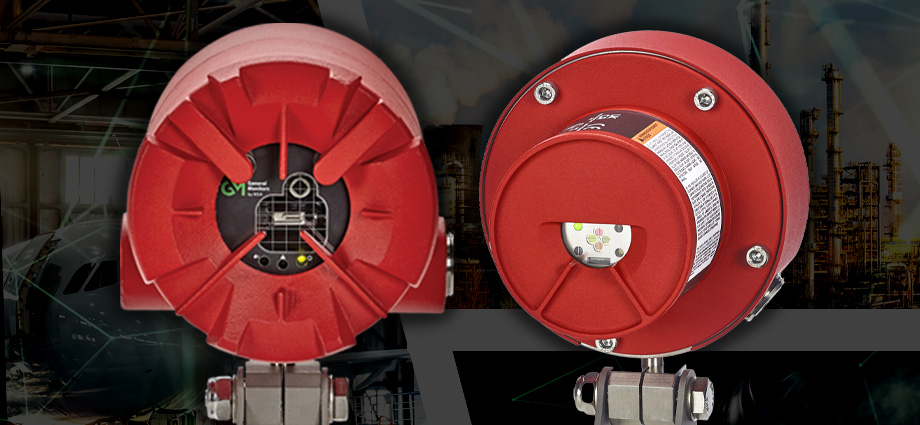
As a safety professional, you want to purchase flame detectors that meet your facility’s needs. Learn what to consider when choosing a flame detection system.
From traditional industrial environments to today’s increasingly complex hazardous processes, the risk of explosion and/or fire remains a critical concern. However, basic process controls typically do not warn of conditions outside normal system limits. Since industry vapors and gases (hydrocarbons) burn with very high flame temperatures, an external fire detection system that can rapidly sound an alarm in the event of a fire is essential to protect human lives and valuable equipment.
As a safety professional, you want to purchase flame detectors that best meet your facility’s particular needs. Here are a few things to consider when researching a fire and gas detection system.
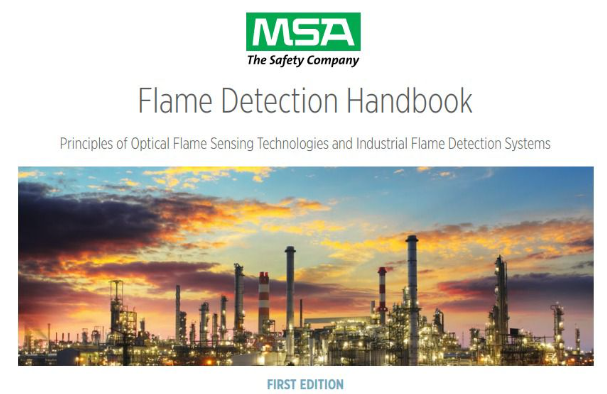
For a comprehensive overview of flame detectors, such as operating principles and coverage best practices, download our Flame Detection Handbook.
Download the HandbookThe most popular systems use optical methods to detect flames; that is, they detect the absorption of light at specific wavelengths. Two common optical flame detector types are (1) combination ultraviolet/infrared (UV/IR) and (2) multi-spectrum infrared (MSIR). Unlike simple UV or IR detectors, UV/IR and MSIR devices are sensitive to more than one band on the energy spectrum and therefore are less likely to produce a false alarm. Both technologies function well either indoors or outdoors and provide a reasonably fast response time.
Should you choose UV/IR or MSIR detectors? That depends on several factors.
- What kind of fuels does your facility employ? Alcohols? Gasoline? LNG/LPG? Solvents? Something else? Understanding your fuel’s flammable properties will help you determine the optical flame-detecting technology you need.
- Do other types of radiant energy exist in your facility, such as arc welding, hot objects, or direct sunlight? Your flame detectors should be able to distinguish between these non-fire energy sources and real flames. Typically, MSIR detectors provide the best immunity to these types of false alarms.
- How high is the risk of air-borne particulates should a fire occur? Smoke, oil, grease, and some chemical vapors can reduce a UV/IR unit’s detection range, so if, for example, heavy smoke is a concern, you should consider MSIR technology.
- Can the detector be placed near the potential ignition source or must it be located relatively far away? How wide an area should the device monitor? Different UV/IR and MSIR units offer varying detection ranges and fields of view (FOV). Match your environment with the corresponding device specifications for the best coverage.
This post has covered key factors to consider when choosing the right flame detection system for your needs. For further insights on these topics, including false alarm immunity and self-test diagnostics, download our Flame Detection Handbook


